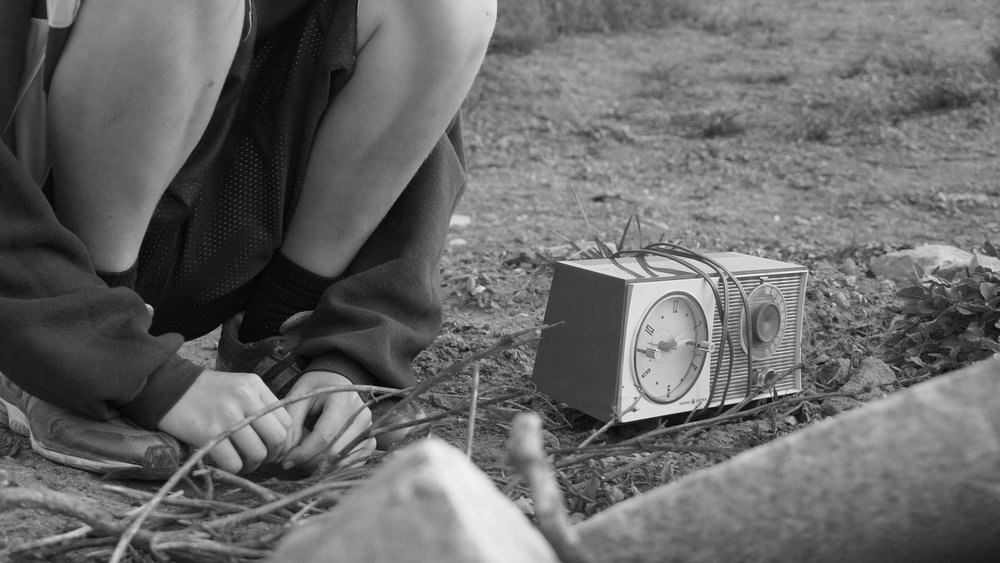Non-Linear Editing
Allows the editor to access any clip without having to scrub through endless footage on videotapes. It allows you to quickly move a clip to the beginning or the end of your sequence. Linear editing refers to editing tape to tape, meaning if you get the sequence wrong, you have to start over. There is no moving forward or back or placing clips in the middle of your sequence while moving clips over to make space for them. Think of it this way: Have you ever used a typewriter? If you typed your paper wrong using one, then you'd have to throw away the piece of paper and start over. That was linear editing!
Film, on the other hand, was the first non-linear editing format. Now, it's also way more difficult than using Adobe Premiere, but you'd have all of these film clips organized and hanging around in real "bins, " and you could put them anywhere in your film just by splicing with a razor blade. It doesn't sound like a walk in the park I realize, but it was Non-Linear.
Above, find a somewhat dated workflow chart for nonlinear editing.
On the left, you may be familiar with the sd card and the camera that uses them, but the card reader isn't necessary in our lab because the computers already have them.
The output is very different though. Usually, when making videos, we edit to either Blueray, a file for viewing on the internet, or a DCP (digital cinema package)
Some of the workflow you are familiar with
- Transfer the video files from your SD card to either on your computer or on an external hard drive.
- Import them into Premiere
- Save your Premiere project to your hard drive
- Edit the project
- Export the project to the file that is most appropriate for viewing your film (For you it has either been Youtube or Vimeo)
Editing Software
Is only making references to clips on your hard drive. The clips are not actually there in the software program. That means that if you move your clips around or delete them off of your hard drive—you will offline your media.
So if Premiere isn't actually editing your clips, what is it doing?
It is making references to the Timecode on your clips. When you record footage your camera attaches timecode to each clip, so that non-linear editing software will have a number for every frame of footage.
Premiere Pro and Cache Files
- Cache: A cache (pronounced CASH) is a place to store something temporarily in a computing environment.
- In computing, active data is often cached to shorten data access times
- Allows Premiere to play different codecs (video compression types)



